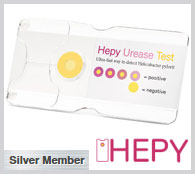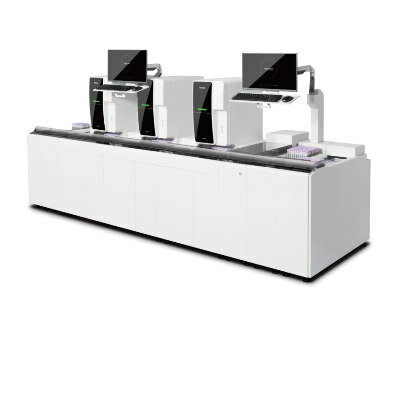Photodynamic Nanoparticles Reveal Toxic Proximity Effect
By LabMedica International staff writers
Posted on 14 Jun 2011
Nanoparticles coated with and carrying light-sensitive molecules were capable - after photoactivation - of killing cancer cells from within the cells or when in close proximity.Posted on 14 Jun 2011
Investigators at the University of Hull (United Kingdom) assembled two types of polyacrylamide nanoparticles. Each type was loaded with a different photodynamic sensitizer. One group, comprised polylysine bound tetrasulfonato-aluminum phthalocyanine entrapped nanoparticles (PCNP) and polylysine bound tetrasulfonato-aluminum phthalocyanine entrapped nanoparticles coated with a second, porphyrin based, photosensitizer (PCNP-P) to enhance the capacity for ROS generation, and hence therapeutic potential.
Uptake of the nanoparticles by human Caucasian colon adenocarcinoma cells (HT29) was determined by flow cytometry and confocal microscopy. Results published in the June 6, 2011, issue of the journal Molecular Pharmaceutics revealed that the cancer cells were damaged by light activation of these photodynamic nanoparticles, which allowed toxic reactive oxygen species to diffuse freely out of the particles, both in the external media and after internalization.
The results suggest that, in order to induce photodynamic damage, the nanoparticles need only to be associated with the tumor cell closely enough to deliver singlet oxygen: their internalization within target cells may not be necessary.
"Small cancer tumors get nutrients and oxygen by diffusion, but once tumors reach a certain size, they need to create blood vessels to continue growing," said senior author Dr. Ross Boyle, professor of chemistry at the University of Hull. "These new blood vessels, or neovasculature, are "leaky" because the vessel walls are not as tightly knit as normal blood vessels. Our nanoparticles have been designed so the pressure in the blood vessels will push them through the space between the cells to get into the tumor tissue."
"Some types of cancer cell are able to expel conventional drugs, so if we can make this kind of therapy work simply by getting the nanoparticles between the cancer cells, rather than inside them, it could be very beneficial," said Dr. Boyle.
Related Links:
University of Hull













